Indepth: Analysing OTT platforms’ ‘sachet’ hook for consumers
OTT players are borrowing a tried and tested formula from the FMCG industry to hook in subscribers – sachet pricing. Sachet is not a new idea – FMCG companies had initiated over two decades back to expand the horizons of retail business and venture into rural markets. That same insight drives the trend in OTT as well. The latest BCG report states that by 2023, the Indian OTT is expected to grow to 40-60 million paying subscribers. This will also trigger the growth in SVOD revenue to the tune of 32 per cent. Sachet is a way of sampling that might lead to long haul consumers.
With the growing competition in the OTT space and launch of video streaming services by Disney, Warner Media, AT&T, apart from Amazon’s video game streaming platform scheduled in 2019, OTT players are leaving no stone unturned to gain new subscribers and are offering them sampling opportunities through low-priced packs for duration ranging from a few days to a week.
Read More: Eros Now Announces Collaboration with Amazon Prime Music
Adgully spoke to some of the leading OTT players in India to find out how they are using the sachet pricing strategy to grow their subscriber base.
The core idea behind OTT sachet pricing
India as an economy is a savings economy and Indians are very price conscious. Therefore, consumers prefer economic pricing.
Ali Hussein, COO, Eros Digital, explained that the core idea behind sachet pricing is to be able to build a larger premium audience at the platform and how one is able to potentially increase the count, where one is also trying to reduce the number of price barriers. “We are able to create a larger funnel size for the consumers to come and sample the product. India is still at the nascent stage and we are trying to break the entry barriers by creating the sampling exercises for the consumers to come in. Therefore, we are focusing mostly on the payment approach, but most importantly, on sampling the product.”
Making the product available to the masses at a competitive price is the idea behind such an exercise. As Uday Sodhi, Head – Digital, Sony Pictures Networks India, noted, “India being a value conscious market, consumers are still waking up to the digital highway and there is still some resistance to pay for content. Sachet enables users to purchase apps for trail and subscribe in shorter increments of time. They are free to opt for the content they prefer, without having to buy the broader content package. This induces trial viewing and, in turn, facilitates increased subscription. For SonyLIV, inclusion of live sports under sachet pricing is a step ahead in our commitment of emerging as the biggest sports destination in India.”
Concurring with him, Divya Dixit, Senior VP and Head - Marketing, ALTBalaji, said, “Sachet pricing gives viewers a chance to sample a platform’s content for a limited period of time at minimal costs and helps them decide whether they want to continue their subscription to the platform.” However, ALTBalaji doesn’t offer sachet pricing for its consumers, and this is because the OTT platform already offers subscriptions at an “extremely competitive price, which is less than Re 1 per day for the annual pack and Rs 100 for 3 months”, Dixit explained, adding, “Thus, we have been able to target mass market acquisition over the course of two years. Keeping the consumers at the core of our brand philosophy, we aim to provide clutter-breaking content at a price that is affordable for everyone.”
Earlier this year, Netflix had tested out sachet packs that started at Rs 65 a week. A Netflix spokesperson told Adgully, “We are always looking for ways to make Netflix more enjoyable and accessible. We will be testing different options in select countries, where members can, for example, watch Netflix on their mobile device for a lower price and subscribe in shorter increments of time. Not everyone will see these options and we may never roll out these specific plans beyond the tests.”
Netflix will continue with its three plans for India – Basic plan (SD) of Rs 500, Standard plan (HD) of Rs 650, and Premium plan (Ultra HD) of Rs 800.
Cashing in on the IPL fever, Hotstar offered an all-sports package priced at Rs 25 a month. Apart from that, Hotstar has not introduced any sachet packs and is currently offering only 3 options in pricing, Nikhil Madhok, EVP & Head, Hotstar Original Content, informed. These include an annual pack for Rs 999; Hotstar Premium, which is available for Rs 299 per month; and Hotstar VIP, which is available for Rs 365 per annum. Madhok added, “At Rs 365 per annum, the cost comes to just Re 1 per day. I don’t think there are too many OTT services in the world that give you so much of content, including live sports and Originals, at such a nominal price. This is where we are right now, beyond this if there is any other form of transactional pricing, we may come to it in the future. However, for us right now Hotstar VIP at Rs 365 is the beginning.”
Reeling in the consumers
Eros Now’s Hussein believes that selling an OTT platform to consumers depends a lot on its content, programming, and consistency when a consumer comes in and providing them what they expect. As far as sachet pricing is concerned, it enables OTT players to get consumers to sample the product, but eventually the consumer’s experience with the product will decide whether or not he subscribes to the OTT platform.
According to Sodhi, “In an industry brimming with new players, sachet helps you attract larger volumes of consumers at regular intervals. But their loyalty and recurrence will ultimately depend on the content assortment and consumer engagement on the platform.”
When asked how sachet pricing impacts consumer loyalty, Hussein opined, “I think that sachet pricing is a great strategy to get a decent number of practical audiences for ensuring that you get an engaged audience. You need to get conviction on the buyer’s side. If you were an audience, what would convince you to permanently subscribe or at least stay for a longer duration with any particular platform? Thus, it is a practical strategy to ensure that you make the value proposition of the price level, but that is not the only other primary reason for the consumer to subscribe to your platform.”
Eye on the target
Adding further, Hussein said that Eros Now is targeting one of the larger marketing areas in general, which is the core area for all the platforms or online videos for maximum views. At the same time he said, “This also depends on the content strategy – for instance, if certain content goes regional, then will the sachet pricing system work? Or is it more in terms of millennial based, lifestyle content, which again creates two different kinds of audiences. So, I think targeting depends on the content in terms of what your brand is and what goes into achieving the target. The sachet pricing is general across horizontally to ensure that there is an increase in the funnel, to get some of the trendsetters to kind of move on and start using the app for primary subscription.”
While noting that the rapid proliferation of affordable and high speed internet had led to a significant rise in streaming video content consumption by people beyond the top 10 metros, Dixit added, “At ALTBalaji, we believe that our shows are for anyone with internet access and an appetite for good content. Considering we are an SVOD model, we do not have advertisers on the platform.”
Looking beyond urban markets
Sodhi here pointed out that 75 per cent of the new internet users are coming from rural India and that the Jio revolution has made data more accessible than ever. He informed, “In 2018, SonyLIV’s non-metro viewership grew 4X, while metros grew 3X. We anticipate this number to grow rapidly over the next 1-2 years. And sachet pricing would help us achieve this by widening our acceptance beyond the urban markets.”
Hussein, too, agreed that today, OTT has already moved beyond the urban market. “However, the fact of the matter is that you are looking for critical masses and certain critical audience sizes across the country. This is when you know multiple ducts need to fall into the row – the right pricing, the right ease of technology, the content strategy, the user experience – for you to then actually start realising the costumers to reduce cost,” he added.
While noting that OTT viewing is primarily individual viewing, Dixit said that sachetising allows the audiences, who have multiple options at their disposal, to pay and consume content that best suits their preference. She further said, “ALTBalaji has the dual advantage of deep understanding of audience across the country as well as a finger on the pulse of the youth, thereby fueling great stories on digital. I believe sachetising will help in two ways – attract low price index masses that want to sample before they actually invest as well as attract audience base that is sitting on the fence deciding conversion.”
According to Sodhi, “The idea is to give the viewers an opportunity to sample our vast array of content. This will help us get users to subscribe for longer packs in the future. Sampling and trial is our strategy behind this new sachet pack.”
He doesn’t believe that sachet pricing will impact negatively. On the contrary, more focused consumption patterns and viewing trend will drive brands to tailor-make their advertising efforts on the platform, he said. “As long as it caters to the consumers’ viewing interests and goes easy on the pocket, any genre would work,” Sodhi added.
Hussein asserted that there is a very defined strategy of why there is sachet pricing rather than it just purely being a price cut. He stressed that competitive pricing has to be coupled with quality as well as compelling content for the audiences to keep coming back to the platform or engage long-term.
ALTBalaji’s Divya Dixit, stressed, “We are the most affordable video streaming app in the country currently, as opposed to the other players in the market. Having said that, it is the unabated frequency with which we launch our diverse set of originals that keep viewers glued to our platform. We are consistently in the 3 top grossing video streaming apps across app stores on Android and iOS, which is a testimony to our consumers’ loyalty to the platform,” he added.





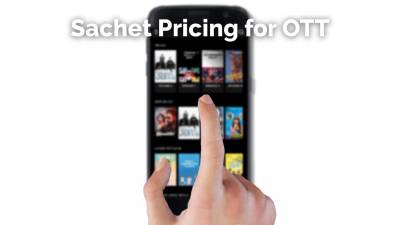


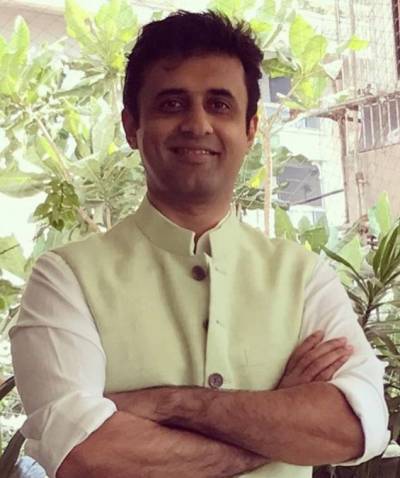

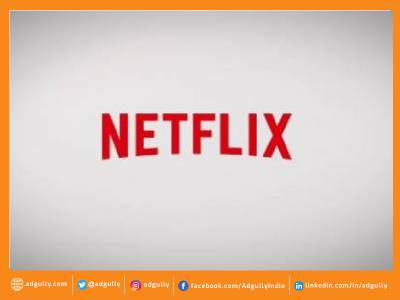

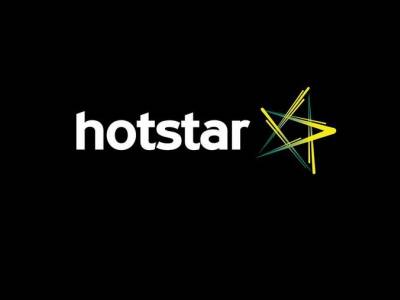


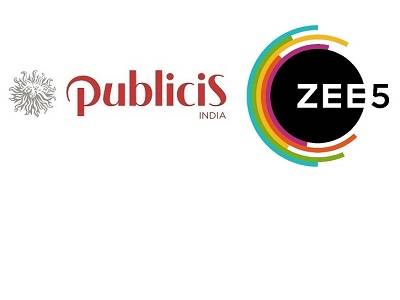
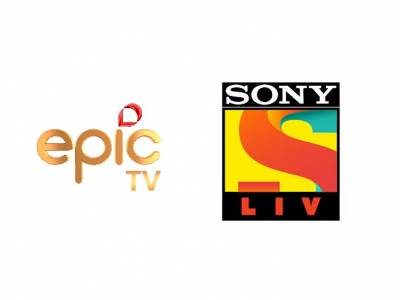
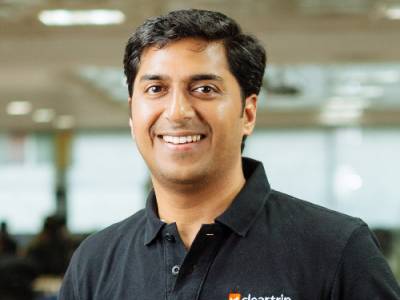

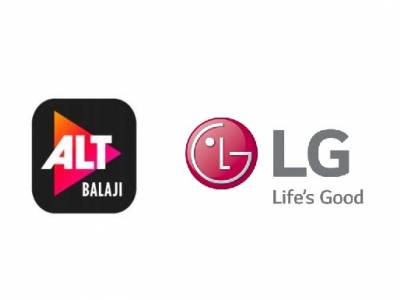
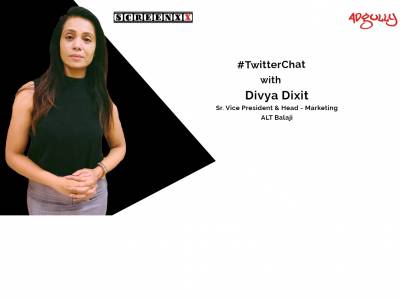




Share
Facebook
YouTube
Tweet
Twitter
LinkedIn